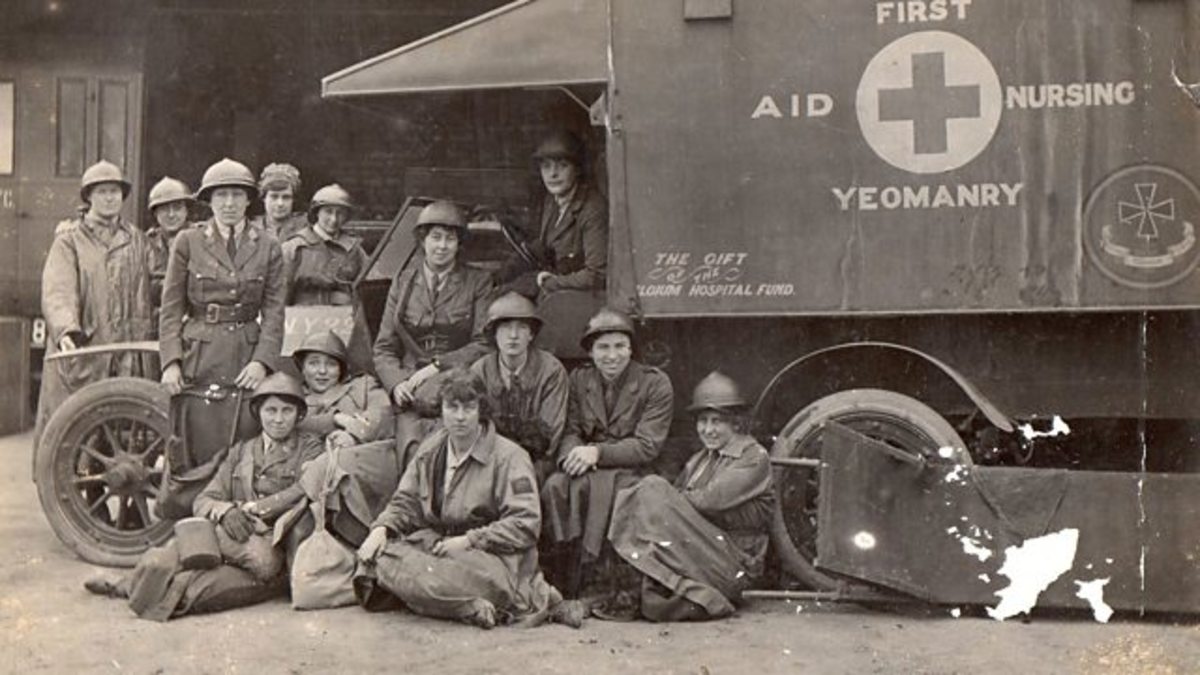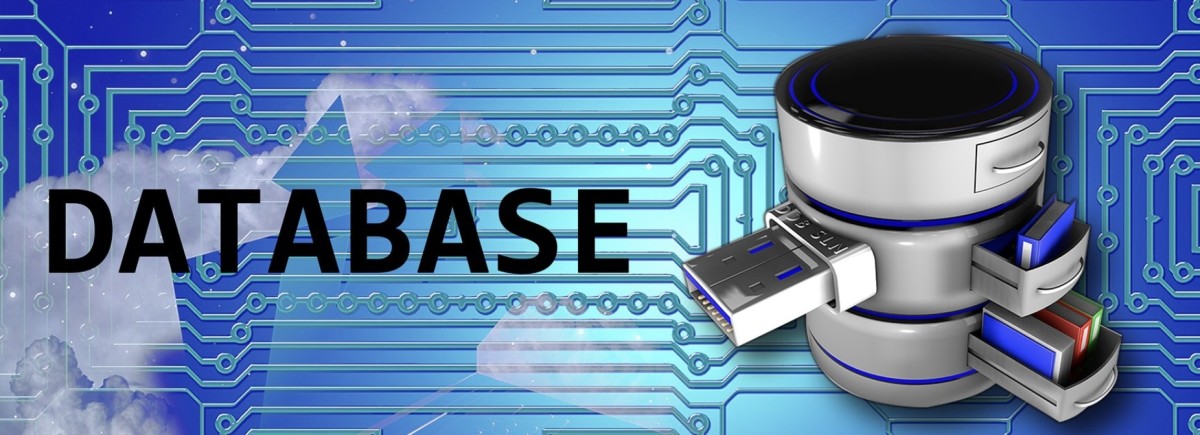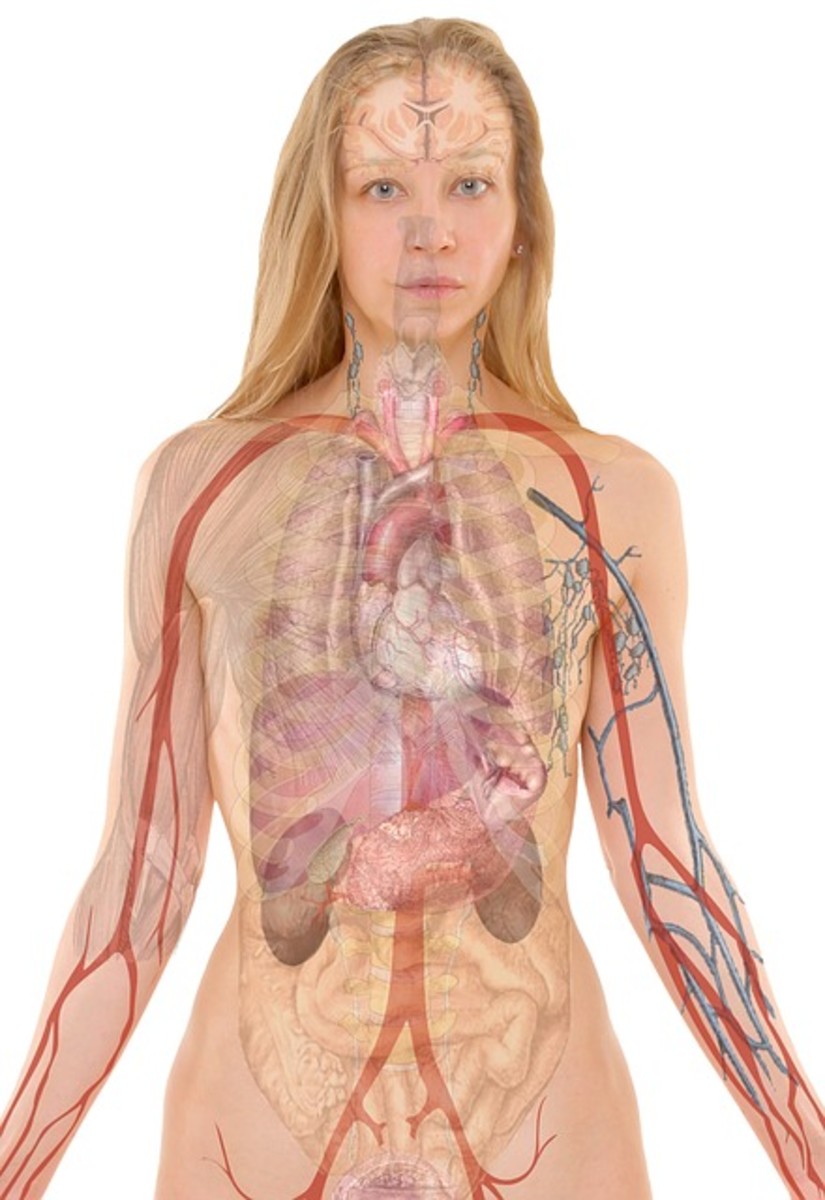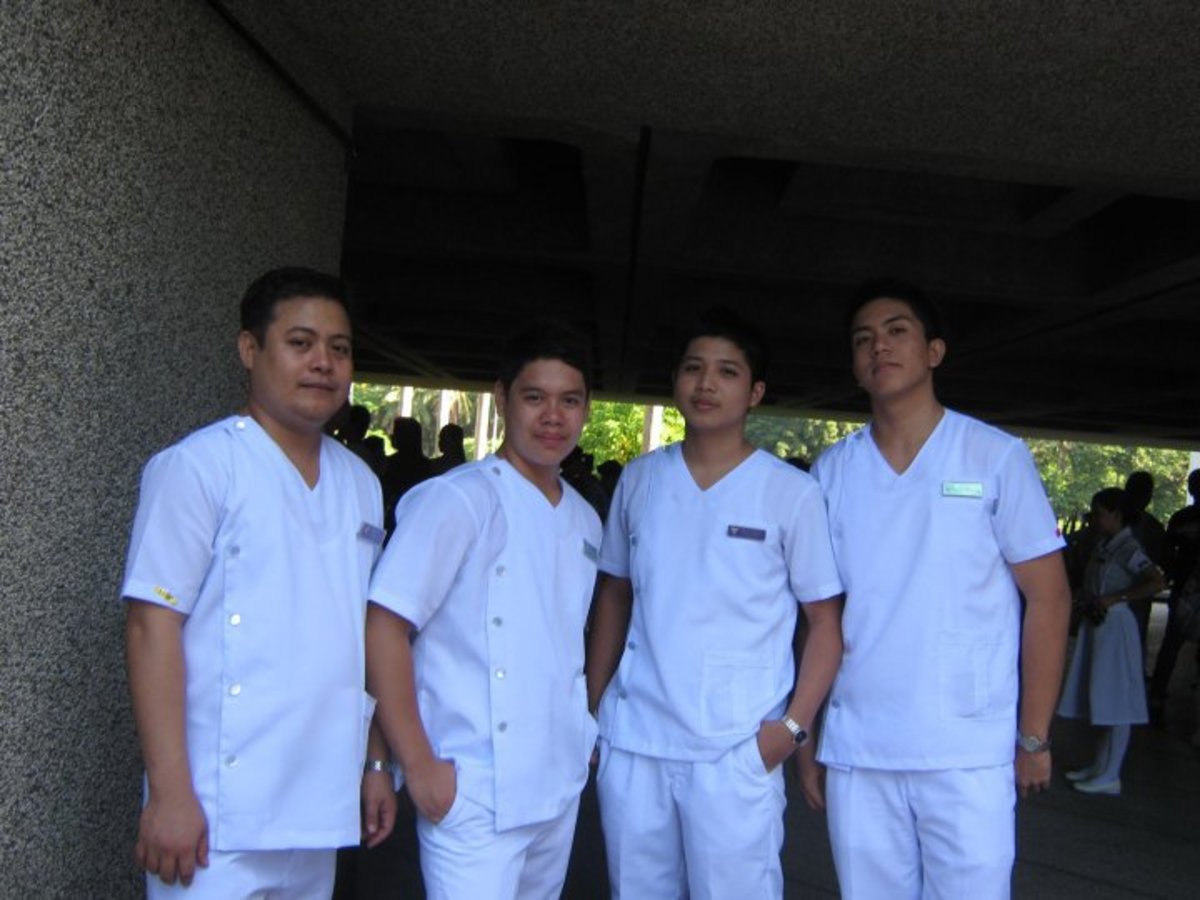3 Ways Technology Enhances Nursing Practice and Challenges Associated with Implementation
Sim Man

#1 Increase Effectiveness of Educators
Information technology can impact nursing education by increasing the effectiveness of educators. McGonigle and Mastrian (2009) mention that nurse educators must constantly build and rebuild their nursing science knowledge base (p. 11). New technology such as SimMan models assessment findings and scenarios by linking a computer with a simulation patient. The nurse educator must be knowledgeable about the technology to properly operate and control the learning tool. Skiba (2007) states “we need techno-savvy and well-informed faculty who can demonstrate the appropriate use of technologies to enhance the delivery of nursing care” (as cited in McGonigle & Mastrian, 2009, p. 12).

#2 Enhance Communication
Using technology to enhance communication can further nursing practice. E-mail can assist with timely distribution of data, dissemination of education, and opportunity for evaluation. Applications that offer easily accessible, accurate, and timely information that use a variety of resources and ensure knowledge generation have knowledge viability (McGonigle & Mastrian, 2009, p. 10).Currently at my workplace, brief policy and procedure updates are emailed to each employee quarterly with links to the intranet site for access to the entire documents. Education calendars with descriptions of events are sent by email monthly to all employees. An e-mail is sent out to individual disciplines when mandatory education is assigned. Also, employee evaluation is conducted through e-mail, with a follow-up meeting conducted by the director. E-mails for evaluation include links to peer evaluations, self evaluations, job descriptions, unit and facility goals, and electronic signing of the final evaluation document.
#3 Enhance Nursing Research
Technology can also enhance nursing research. “Technology has aided in rapid advances in data capture and storage, resulting in large databases of data” (Roussel, 2009, p. 433). Nurse researchers can more easily access and analyze data using information technology. Chart audits at my workplace no longer require the retrieval and review of old paper charts if the review is of patients admitted in the last 6 months. Electronic charts can be viewed directly on any computer in the hospital thus decreasing the time and effort spent on auditing. Roussel (2009) mentions that traditional methods of data analysis are no longer needed, as relational databases simplify storage, retrieval, and analysis (p. 433).

Challenge: Fast-Paced Introduction to Clinical Systems
Education regarding new clinical systems has often been fast-paced with just a general overview in the institutions where I have worked. Nursing staff can become frustrated, angry, and dissatisfied with work environments when their education is lacking. Page (2011) mentions that nurses must be fully engaged in the transformation process so they can effectively use hospital information systems that create positive changes in safety and quality care (p. 27).
Promoting Change
Nurses should be involved in every aspect of the process change. Page (2011) states “involvement should include system selection, implementation, training, post-implementation management, and maintenance” (p. 27). Involving nurses from the start will assist with staff buy-in, problem-solving, and dissemination of education. Acceptance of the transformation can be ensured through staff participation (Page, 2011, p. 27). Nurse champions and nursing representatives on the information technology (IT) teams should be utilized to positively influence training, testing, and piloting programs (Page, 2011, p. 27).
Superusers can be used to alleviate staff stress when implementation occurs. Time has usually elapsed between training and implementation that can negatively impact bedside nurses working to both care for patients and effectively use a new system. Page (2011) mentions that using one superuser for every 10 nurses and having superusers available for each shift can provide elbow support for the first few weeks post-implementation (p. 27).
Nurses, new and old, must understand the goals for implementation of information technology and drive the selection of clinical technologies. Two goals that should guide nurses include: enabling safe and efficient care and measuring nurses’ impact in keeping patients safe and promoting health and recovery (“Nurse Leaders”, 2010). Remembering these goals may assist the aging nurse population is accepting the new technologies. Computer novices may feel their jobs are in jeopardy (Page, 2011, p. 27). Involving both new nurse and more mature nurses will promote bonding of nursing generations, respect, and staff ownership (“Nurse Leaders”, 2010).
Do You Use an Electronic Clinical System?
Do you feel you were adequately prepared to use your clinical system when it was implemented?
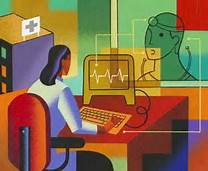
Challenge: Influencing Adoption of IT
Resistance is often met when implementing any change process, including those with information technology. Nov and Ye (2009) found two key user beliefs that influence the adoption of information technology (IT): expectancy in the amount of effort required to use a technology and expectancy of the performance of the technology (p. 1703). These two different aspects of the perceived value of information are determined by factors such as screen design, relevance, terminology, computer self-efficacy, and resistance to change (Nov & Ye, 2009, p. 1703).
Individuals that have experience with various forms of IT may be less resistant to the constantly changing health care world. According to Nov and Ye (2009) individuals with higher anxiety related to computer usage tend to perceive computer systems as difficult to use while those with higher confidence in their ability to use a computer technology perceive the opposite (p. 1704). For this reason, nurses both young and old must work together, establishing competence in the utilization of health care information systems, to ensure acceptance of the new technologies by all nursing generations.

References
McGonigle, D. & Mastrian, K. (2009). Nursing informatics and the foundation of knowledge. Sudbury, MA: Jones and Bartlett.
Nov, O., & Ye, C. (2009). Resistance to change and the adoption of digital libraries: An integrative model. Journal of the American Society for Information Science & Technology, 60(8), 1702-1708.
Nurse leaders discuss the nurse's role in driving technology decisions. (2010). Virginia Nurses Today, 18(1), 8-9.
Page, D. (2011). Turning Nurses Into Health IT Superusers. H&HN: Hospitals & Health Networks, 85(4), 27-28.
Roussel, L. (2009). Management and leadership for nurse administrators (5th ed.). Sudbury, MA: Jones and Bartlett.



